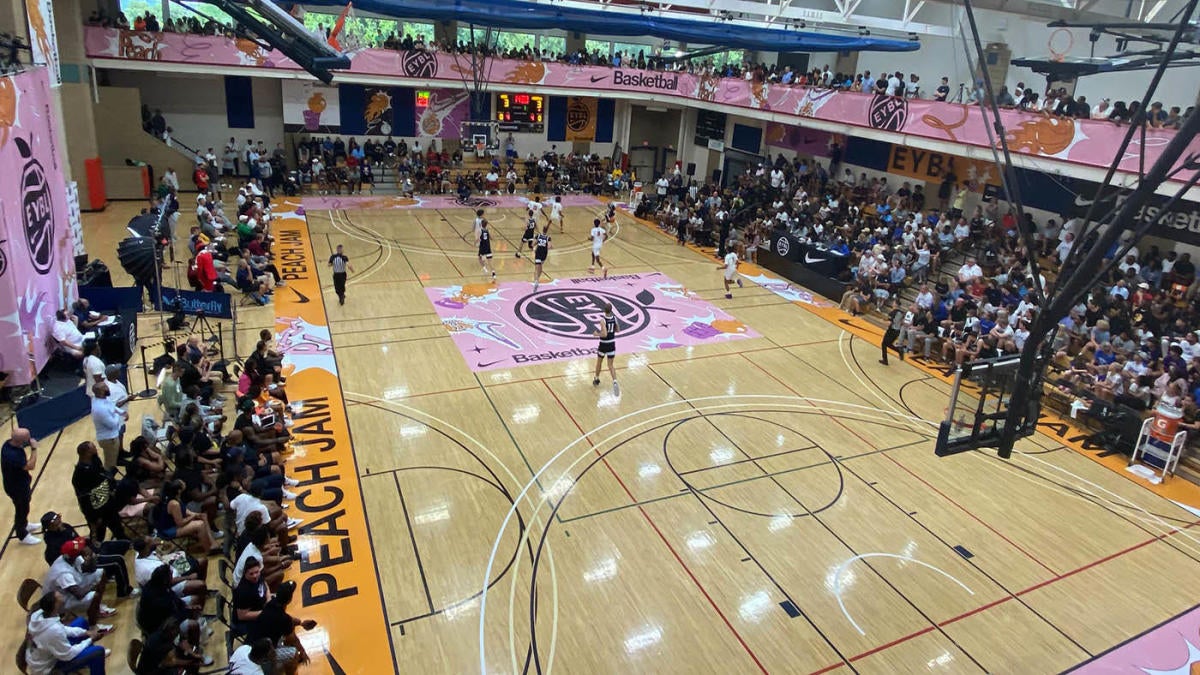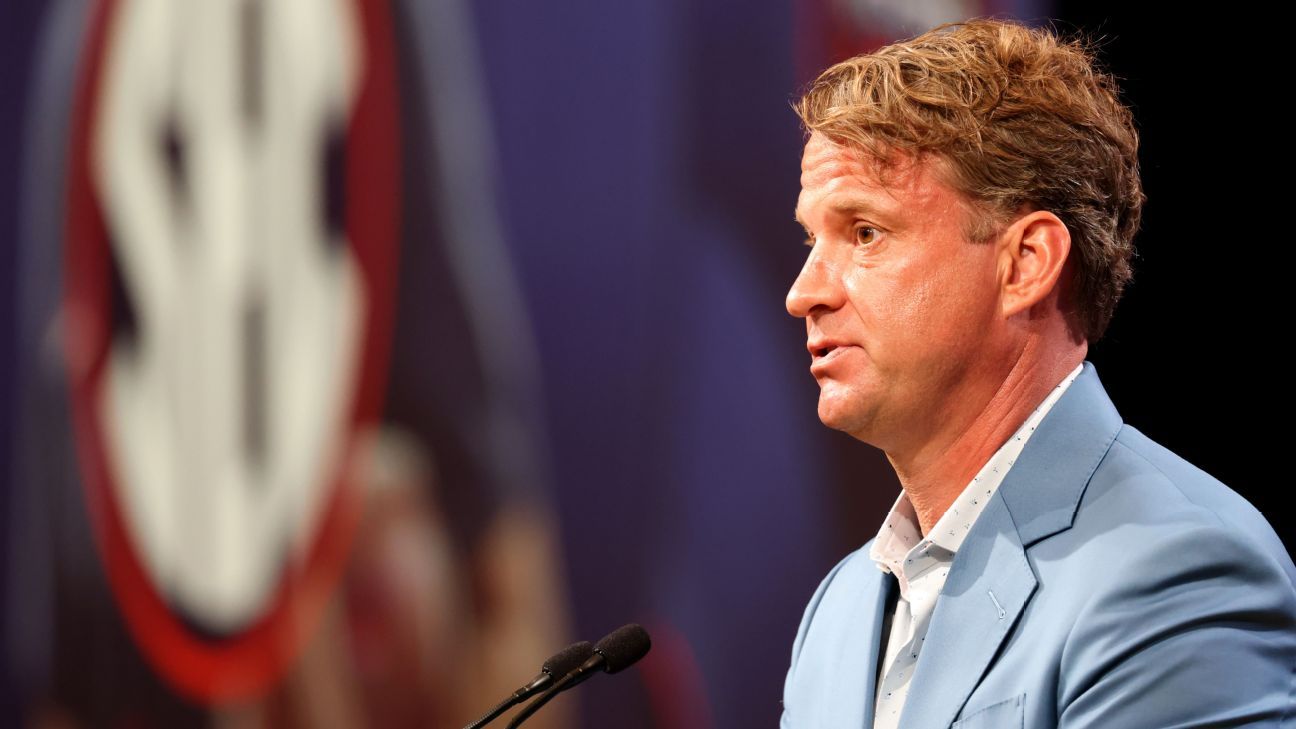So I want to preface my post by saying that I am all in favor of players getting paid and profiting off of their NIL.And, I should probably clarify, this was in regards to the NCAA placing barriers. They are 100% eligible to make money off their NIL. Now they still cannot do something illegal or promote illegal activity.
However, I just read Alston over my lunch break. It does not say that there are zero restrictions that the NCAA can put on players profiting off of their NIL. In fact, Alston does not even address this issue. The only issue that it addressed is whether the NCAA could limit education related payments to athletes, and the Court unanimously decided that the NCAA could not limit education related payments. The restrictions that the NCAA had on non-education related payments was not before the Supreme Court, so it did not make a ruling on that. It left in place whatever restrictions the NCAA had on non-education related payments.
But the ruling did lay a groundwork for how restrictions on non-education related payments (i.e. NIL) could be challenged in the future. So the NCAA then voluntarily changed it's rules on NIL compensation. So as of right now, whatever restrictions the NCAA has on NIL payments are not against any Supreme Court ruling. They certainly could be challenged in the future. And based on the analysis in Alston, the Court would probably strike down restrictions on non-education related payments. Though it is important to note that only undue restrictions are banned by the Sherman Act. So it is possible that the Court would allow NIL payments, but allow some restrictions on them. It's also important to note that the Alston opinion laid out a few ways that the NCAA made terrible arguments. So the NCAA could learn from their mistakes and make better arguments, which could effect the eventual outcome.
And just to confirm my analysis, here is the Harvard Law Reviews take on it.
https://harvardlawreview.org/print/vol-135/ncaa-v-alston/#:~:text=Shortly%20after%20the%20Court's%20decision,%2C%20and%20likeness%20(NIL).
And I thank you all for coming to my TED talk.







